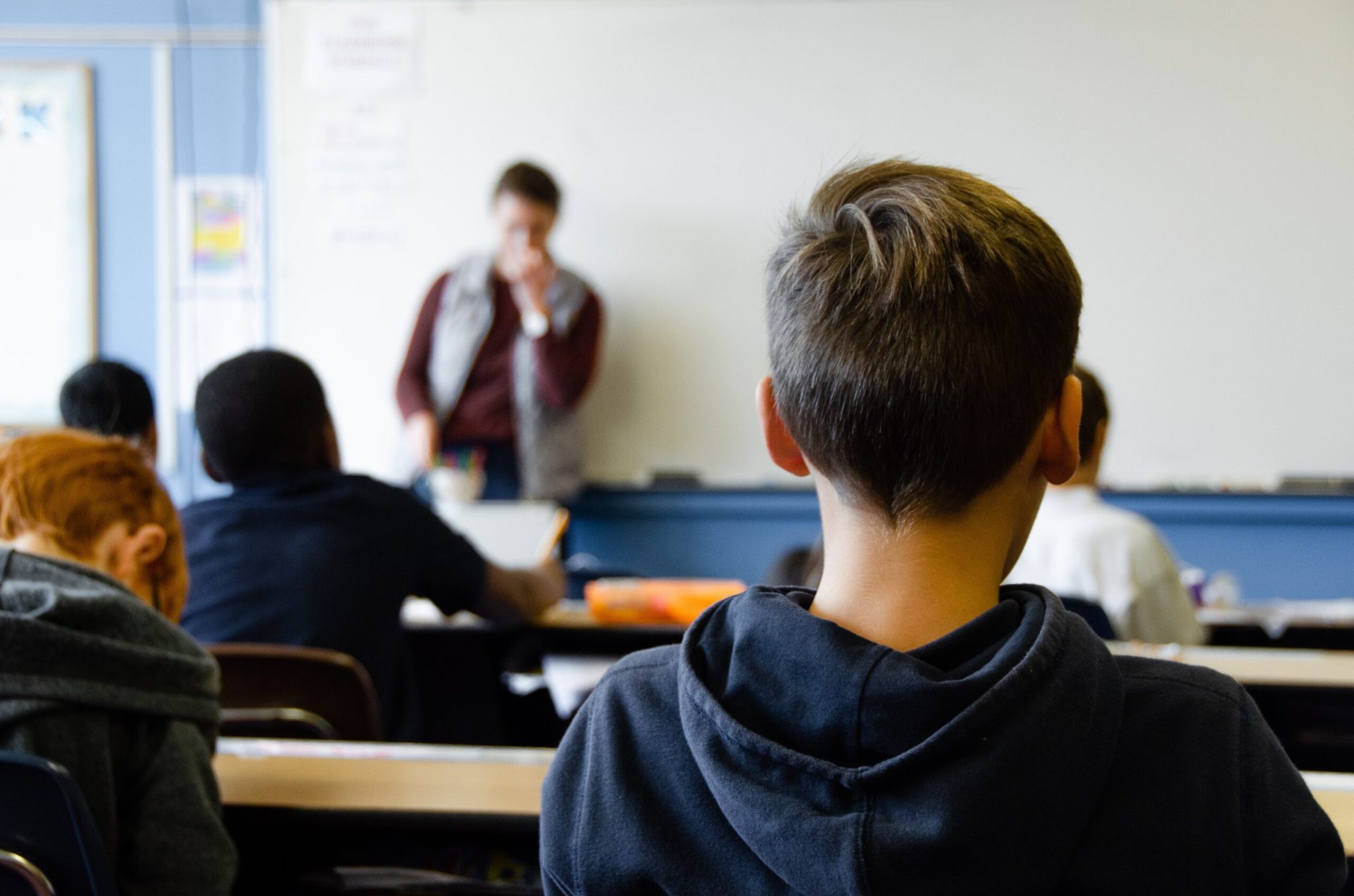According to the Council for Exceptional Children, “specially designed instruction (SDI) is instruction that is tailored to a particular student.
It addresses their Individualized Program (IEP) goals; accounts for their disability; provides modifications or adaptations to content; and encourages access to the general education curriculum.
SDI is defined in the Individuals with Disabilities Education Act (IDEA) as “adapting, as appropriate to the needs of an eligible child under this part, the content, methodology, or delivery of instruction—
(i) To address the unique needs of the child that result from the child’s disability; and
(ii) To ensure access of the child to the general curriculum…”
SDI can be provided in a variety of domains (i.e. academic, behavioral, social, etc.). Although often confused, SDI is not differentiation (designing for all learners); an accommodation (providing a change in how the student obtains information, such as Braille); or a modification (adjusting the content a student is meant to access).”
Furthermore, the Department of Education States…
“Special Education is the array of services that must be provided to address the unique needs of each student found eligible under federal and state special education law. Special education services are provided in accordance with a student’s IEP to support each student to access and participate and make progress in general education curriculum, environments, and activities.”
These services are provided through:
“Specially designed instruction – adapting, as appropriate to the needs of a student with an IEP, the content, methodology, or delivery of instruction to address the student’s unique needs that result from the student’s disability and ensure the student’s access to the general curriculum, so the student can meet the educational standards that apply to all students (34 CFR 300.39(b)(3)). Specially designed instruction may be provided in special education or general education environments and is a unique set of supports provided to individual students based on learning needs to remove barriers that result from the student’s disability. The supports are reflected in the student’s individual education program (IEP) and are infused throughout the student’s learning experiences and environments as described in the IEP. Examples include: specially designed reading instruction, math instruction, social skills instruction, physical education, vocational education, speech and language therapy, etc.”
If your child is not making progress, don’t wait for things to miraculously get better without calling a meeting to address your concerns. Ask for an updated evaluation if the team does not have a feel for how your child learns and how to best meet their needs. Kids are NOT supposed to go to school and remain at the same academic levels year after year. You send them to school to learn. If that’s not happening, it’s time to exercise your rights and ask for documentation that shows growth, and if that growth isn’t found, it’s time to reconsider the curricular approach being used to teach them. Educators CAN get creative and provide instruction specific to how your child learns. Sometimes it requires a parent to get the ball rolling – unfortunately.

